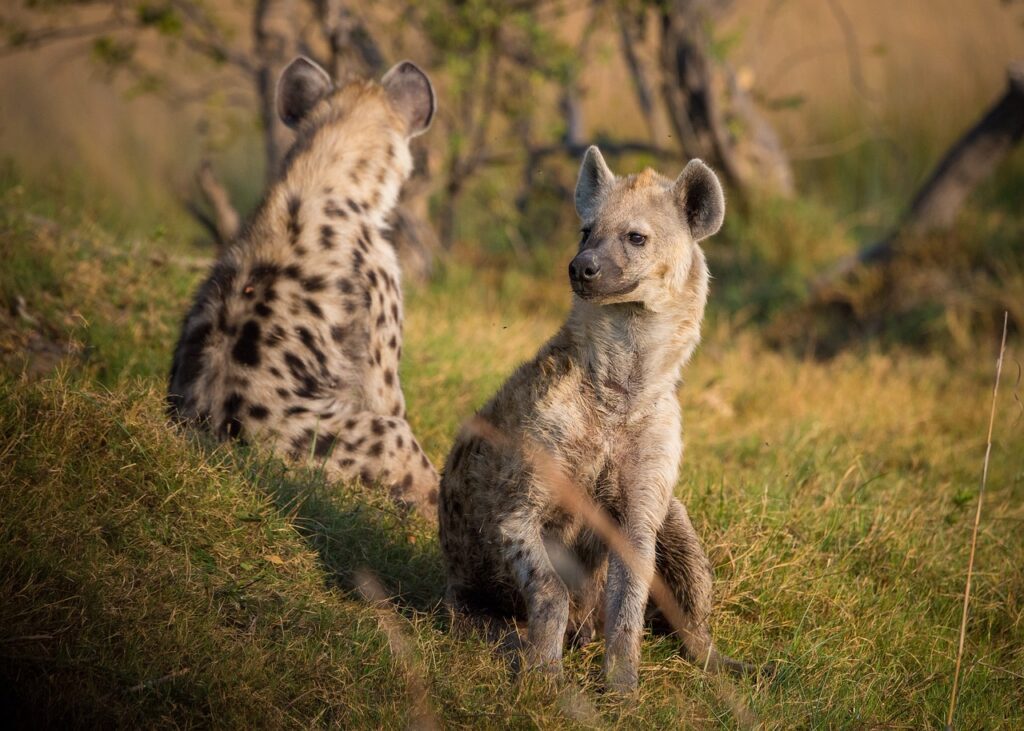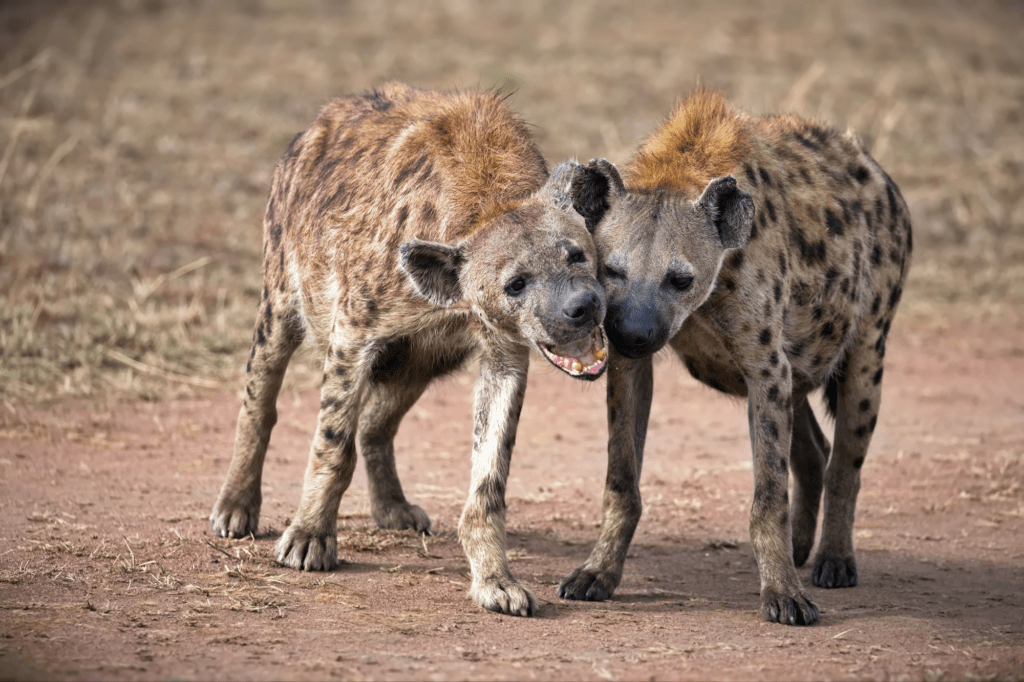Hyenas, with their distinct cackling calls echoing through the African savannah, have long intrigued and perplexed both researchers and wildlife enthusiasts alike. Their vocalizations, often likened to a spine-chilling laugh, have sparked numerous theories and myths about their purpose and significance in hyena society. But why exactly do hyenas laugh? Let’s delve into the fascinating world of these enigmatic creatures to uncover the truth behind their unique vocalizations.
The Vocal Signature of Hyenas

Before delving into the reasons behind hyenas’ laughter, it’s essential to understand the context in which these vocalizations occur. Hyenas are highly social animals, living in complex matriarchal societies known as clans. Within these clans, communication is paramount for maintaining social cohesion, establishing hierarchy, and coordinating group activities such as hunting and defending territories.
Hyenas possess a diverse repertoire of vocalizations, including whoops, grunts, growls, and the infamous “laugh.” This laughter-like sound, often heard during social interactions or when they are excited, serves various purposes within the intricate social dynamics of hyena clans.
Unraveling the Mystery

Social Bonding and Communication
One prevalent theory suggests that hyena laughter serves as a form of social bonding and communication within the clan. Similar to human laughter, it may signify camaraderie, relieve tension, and strengthen social bonds among clan members. During playful interactions or moments of excitement, hyenas emit vocalizations, fostering group unity.
Signaling Submission and Dominance
In the hierarchical structure of hyena clans, laughter can also convey important information about an individual’s status within the group. Subordinate hyenas often produce submissive laughter, signaling deference to higher-ranking individuals and helping to maintain order within the clan. Conversely, dominant individuals may use their laughter to assert their authority and reaffirm their status within the social hierarchy.
Expressing Emotions and Excitement
Hyenas are highly expressive animals, capable of conveying a wide range of emotions through their vocalizations and body language. Hyenas frequently emit laughter-like sounds during moments of excitement, such as successful hunts or the arrival of potential prey. This enthusiastic response not only communicates the thrill of the moment but also serves to coordinate group activities, alerting other clan members to opportunities for food or potential threats.
Identification and Recognition
Each hyena’s laugh is unique, serving as a distinct vocal signature that aids in individual recognition within the clan. By emitting these recognizable calls, hyenas can locate and identify specific individuals, facilitating social interactions and reinforcing bonds between clan members.






